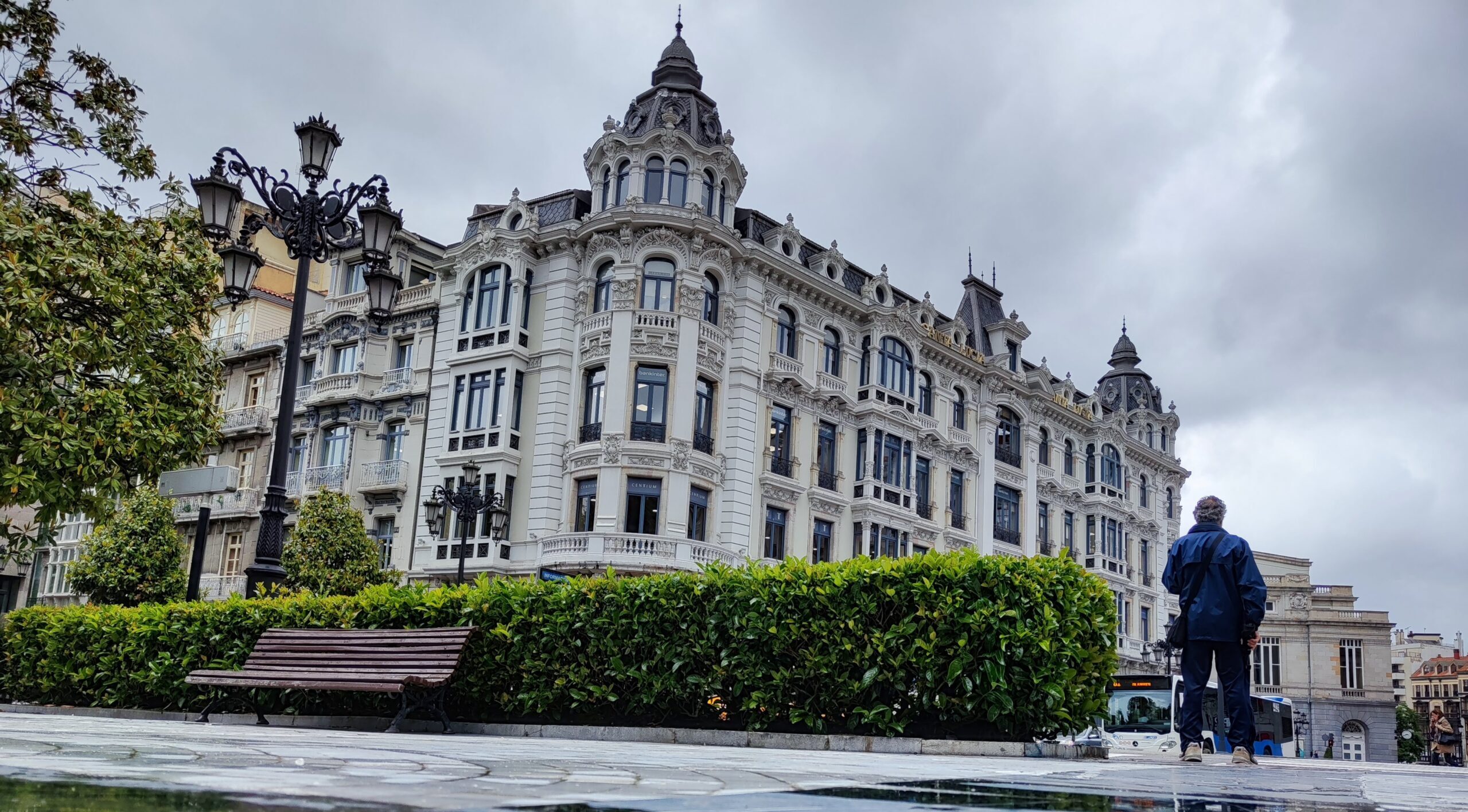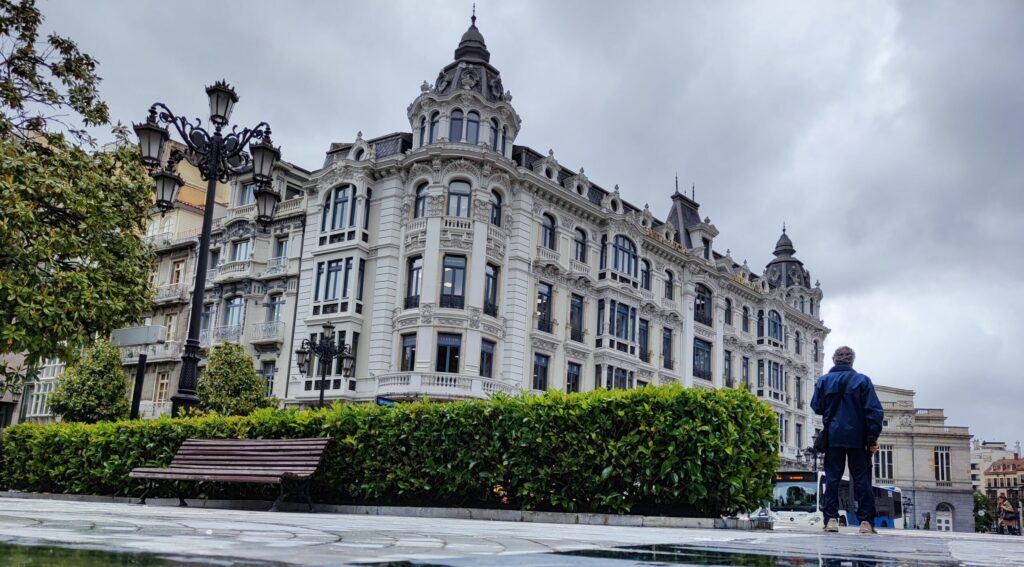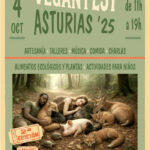Introduction
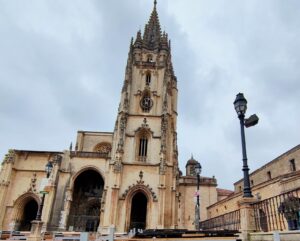
Oviedo is the capital of the autonomous community of Asturias, located in the north of Spain. The city is famous for its rich history, architectural monuments, and cultural traditions. Oviedo has become an important center for the development of Christianity in Spain and has preserved numerous historical artifacts.
Geographically, Oviedo is situated at an altitude of approximately 300 meters above sea level, surrounded by picturesque mountains and green hills. This makes the city not only historically significant but also attractive to tourists.
History of Oviedo
Ancient Times
The first mention of Oviedo dates back to the 8th century when the city became an important religious center. In the year 757, the church of San Salvador was founded here, which later became a cathedral.
Middle Ages
In the 9th-10th centuries, Oviedo was the capital of the Kingdom of Asturias. The city became a center of Christian resistance against Muslim occupation. During this time, many emblematic buildings were constructed, including the church of Santa María del Narcel.
Modern Period
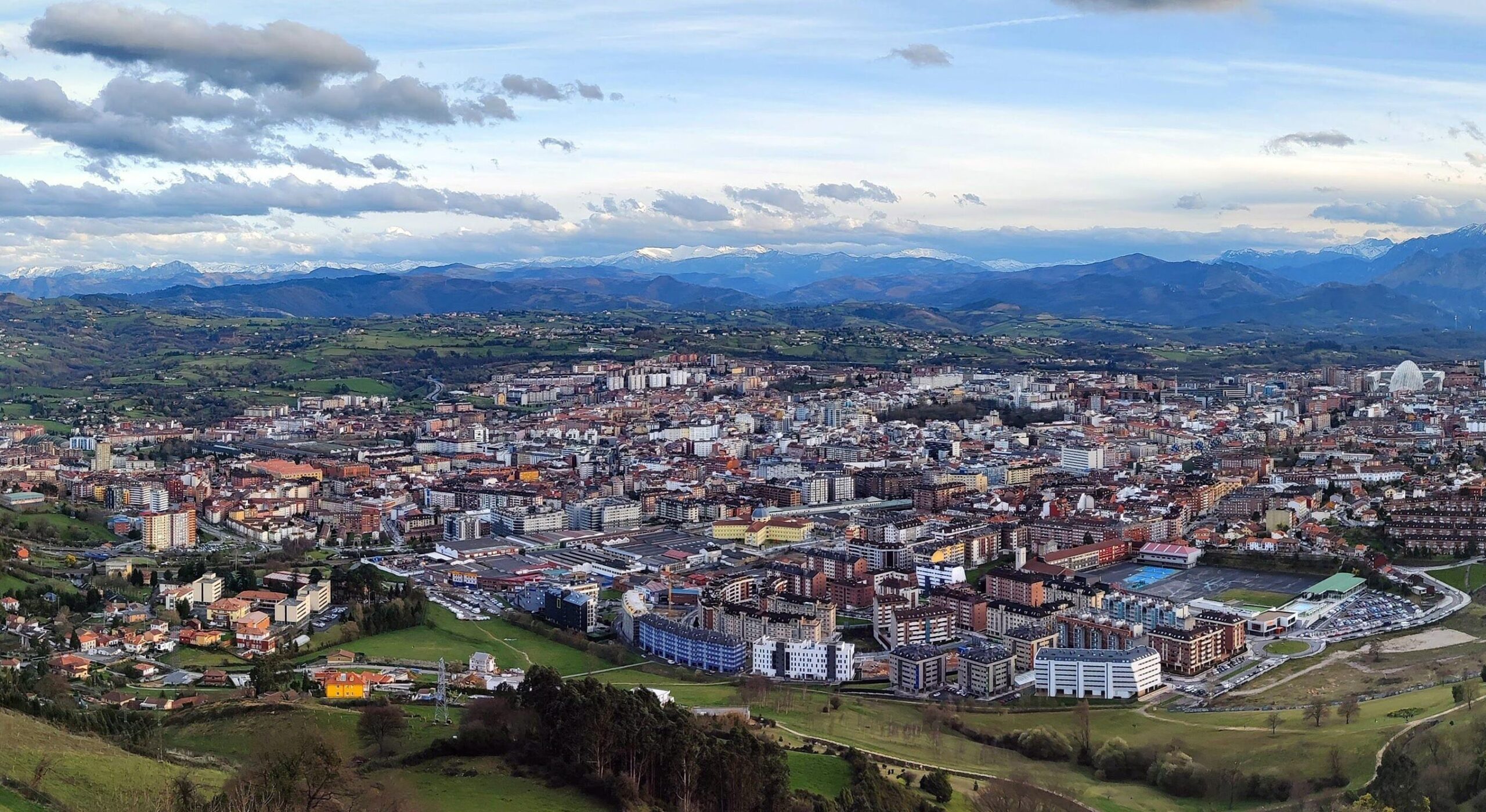
In the 19th century, Oviedo experienced the industrial revolution, which contributed to its economic growth. Today, the city preserves its historical heritage and actively develops culture and tourism.
Geography
Oviedo is located in the center of Asturias, 26 kilometers from the coast. The city is surrounded by mountains, creating a unique microclimate. The average temperature ranges from 8°C in winter to 20°C in summer.
Cultural Features
Architecture
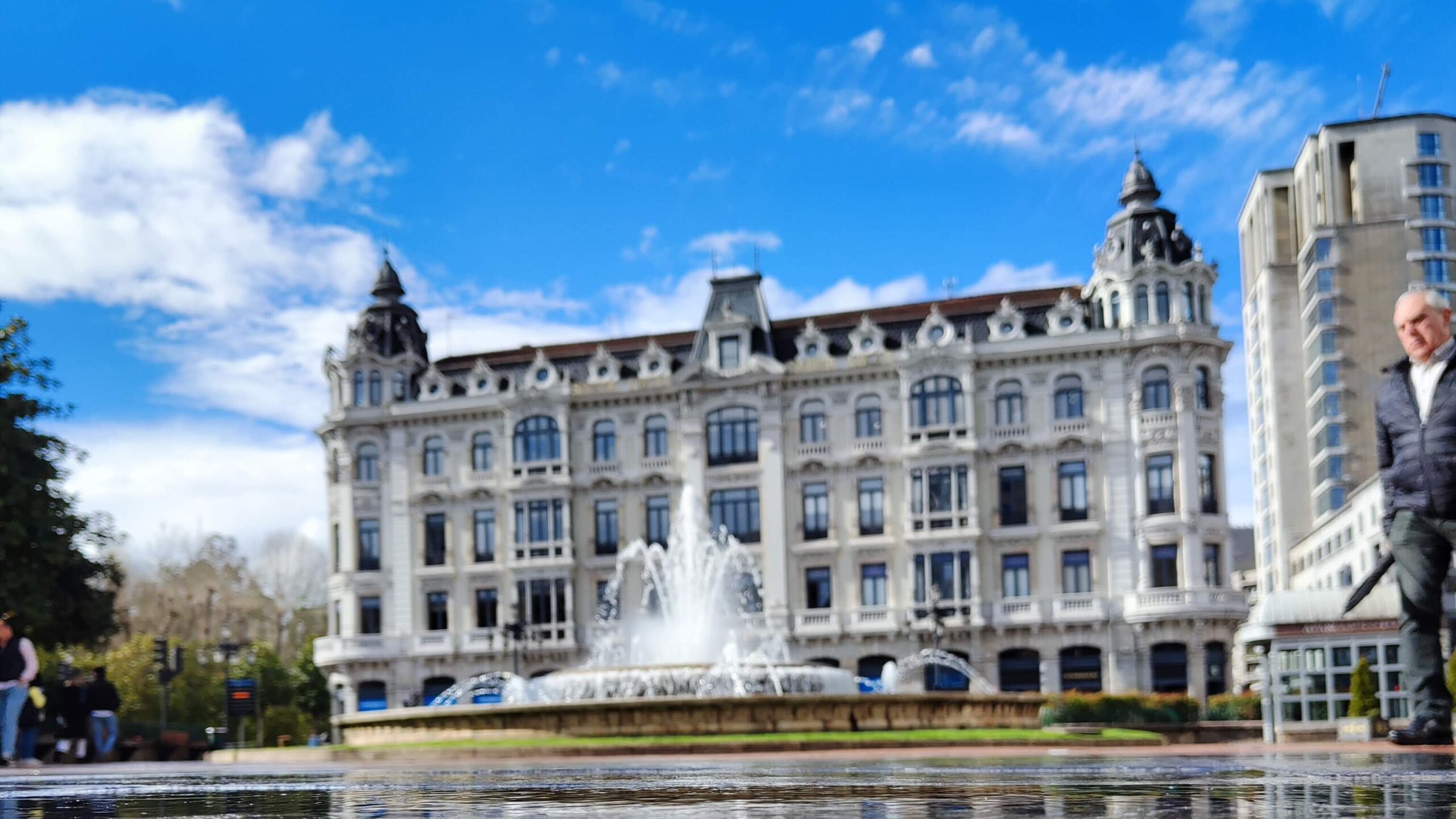
Oviedo is famous for its architecture, which includes:
- Cathedral of San Salvador
- Church of Santa María del Narcel
- Palace of Fernando VI
Traditions and Festivals
The city is known for its festivals, such as:
- San Juan Festival
- Asturian People’s Festival
Gastronomy
The culinary tradition of Oviedo includes:
- Asturian Fabada (legume dish)
- Cider (local alcoholic beverage)


Conclusion
Oviedo offers a unique combination of history, culture, and nature. The city attracts tourists with its rich heritage and picturesque landscapes, remaining an important center of Asturias.
